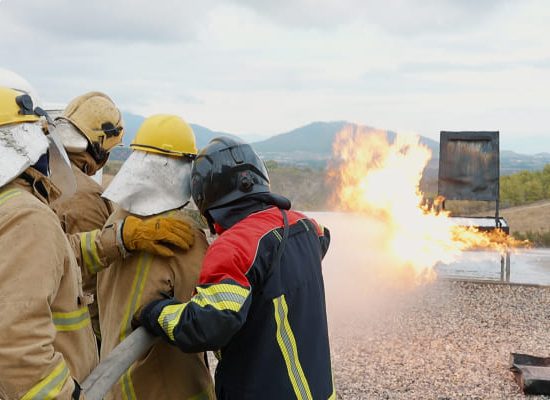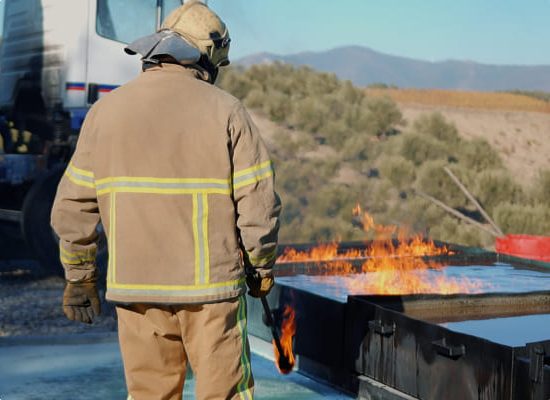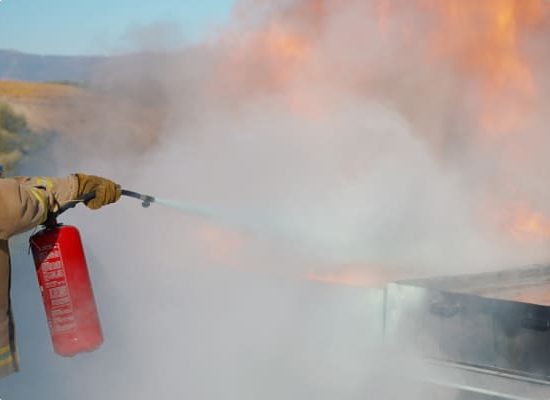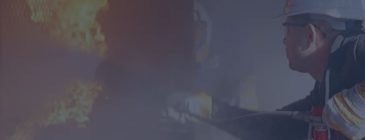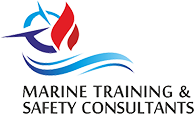Through extensive experience in maritime training (transportation and storage of liquid fuels), we developed a specialized training program that highlights the handling issues during firefighting operations, as well as familiarization with firefighting equipment and materials.
Course
Objectives
The liquid fuel firefighting training program aims to provide participants with the necessary knowledge and required firefighting and handling skills for such fires, increasing the safety and effectiveness of those involved.
- To assess the severity of situations involving gas fuel leaks and analyze the probability of explosions in enclosed spaces.
- To highlight the risks of gas fuel firefighting, not only due to improper use of firefighting equipment but also due to potential explosions caused by the BLEVE phenomenon.
- To explain and analyze the behavior of flammable gases in creating explosive mixtures (LEL, UEL), leaks,
The course is addressed to:
- Officers and Non-Commissioned Officers of the Fire Brigade.
- Professional firefighters of all ranks.
- Volunteer firefighters of the Fire Brigade.
- Private firefighters and leaders of firefighting teams in high-risk facilities and industries.
- Heads and deputy heads of fire safety teams according to Fire Regulation No. 14/14.
- Demonstration and video analysis of liquid fuels’ behavior as gas fuels in enclosed spaces.
- Demonstration and video analysis of the BLEVE phenomenon and explosive atmospheres caused by LPG leaks.
- Extinguishing gas fuel fires in open outdoor spaces using portable fire extinguishers.
- Extinguishing gas fuel leakage fires (jet fire) using CO2 and dry powder portable fire extinguishers.
- Containing and isolating flames (jet fire) from critical infrastructure to protect it.
- Approaching a gas fuel leakage fire from a flange (flange fire) as a three-person firefighter team, using water protection and extinguishing it in combination with cutting off the fuel supply.
- Extinguishing fires in passenger vehicles using the “Fire Car by Pyrognosi” fire simulator. The exercise includes extinguishing actual vehicle fires with various fire scenarios, such as:
- Engine fire
- Cabin/Passenger area fire
- Trunk fire

